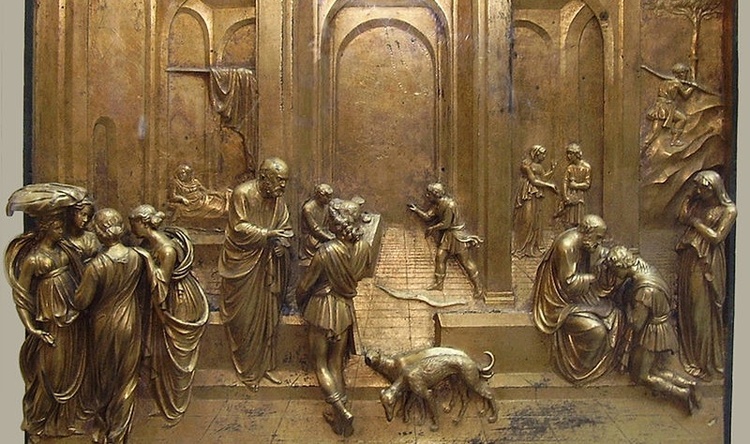
The art of sculpture in the modern age
Art historians consider that Renaissance sculpture began with the competition to make the doors of the baptistery (1401) of the city of Florence, to which Filippo Brunelleschi and Lorenzo Ghiberti entered. The new artistic form of the Renaissance was inspired by the sculpture of classical antiquity, seeking a total exaltation of beauty. Mathematics became his main aid, with the application of certain principles and laws in all the arts, such as perspective. Great patrons emerged, such as the Medici of Florence, the popes of Rome, as well as cardinals, princes and also the guilds. At this time sculpture was practically detached from architecture and the characters represented showed expressions full of drama, it can be seen in sculptures by Michelangelo such as, for example, David. During the different stages of the quattrocento and cinquecento in Italy, the best works of the Renaissance were created thanks to the activity of great sculptors such as Donatello, Jacopo della Quercia, Luca della Robbia, Andrea del Verrocchio and Michelangelo, the great representative artist. In The rest of Europe incorporated the new style a little later and under the direct influence of Italy and its sculptors. Many of them traveled to other countries: Andrea Sansovino did so to Portugal and Pietro Torrigiano to England, this artist later went to Spain, where Domenico Fancelli and Jacopo Florentino also worked together with the sculptors of French origin, Felipe Bigarny and Juan de Juni. . It is worth highlighting the works of Bartolomé Ordóñez in Barcelona, in the rear choir of the city's cathedral, and of Alonso Berruguete in Castilla. In the Netherlands, Conrad Meit was a portrait specialist and Jacques du Broeuq produced numerous works and was Giambologna's teacher who would develop his work in Italy. In France, sculptures were made with great Italian influence, thus, Pierre Puget was considered the "French Bernini." One of the most common themes were sepulchral monuments, where the figure of the recumbent was treated with great realism; for example, the René Chalon Memorial by Ligier Richier.
Giambologna is the one who presents the mannerism style in his sculpture, such as The Abduction of the Sabine Women. At the end of the cinquecento, sculptors treated the figures by lengthening their proportions and showing artificial and opposite poses—woman and man, old age and youth, beauty and ugliness—, and with the sinuosity of forms in (serpentinata), a kind of movement. rotation of figures and sculptural groups. The Council of Trent (1545 - 1563) marked a new orientation in religious images; Gian Lorenzo Bernini - author of David, Apollo and Daphne and Ecstasy of Saint Teresa - was the sculptor who most influenced baroque sculpture, where emotional and dramatic effects were sought. In France, the work of Simon Guillain and Jacques Sarazin stands out. making portraits of the nobility, the tomb of Cardinal Richelieu, made by François Girardon, and the sculptures in the garden of the Palace of Versailles by Pierre Puget. In this period, the production of religious sculpture in Spain is surprising, with sculptures for interiors by church, facades, private devotions, and for Holy Week processions; Two great schools emerged: the Castilian and the Andalusian. Among the sculptors, Gregorio Fernández, Juan Martínez Montañés, Francisco Salzillo, Pedro de Mena and Alonso Cano can be highlighted.
In the mid-18th century, Winckelmann's guidelines "to nourish good taste in direct sources and take example from the works of the Greeks" led many artists to dedicate themselves to copying instead of imitating; neoclassicism arrived. The work of Jean-Antoine Houdon, originally baroque, adopted a serene character and verism without anecdotal details, in a process to achieve the ideal beauty of classical antiquity; He portrayed many characters of the time, such as Napoleon, Jean de la Fontaine, Voltaire, George Washington. But the most well-known and innovative sculptor was the Italian Antonio Canova, a very versatile author, halfway between baroque, rococo and neoclassicism. For its part, Bertel Thorvaldsen's production followed the most orthodox line of neoclassicism, with a colder and more static expression. In Catalonia, Damià Campeny stood out, who traveled to Italy and received the influence of Canova, as did the Andalusian José Alvarez Cubero
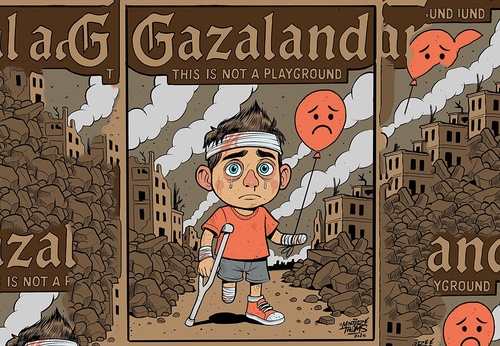
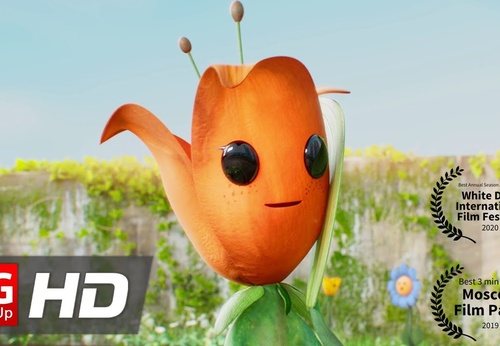
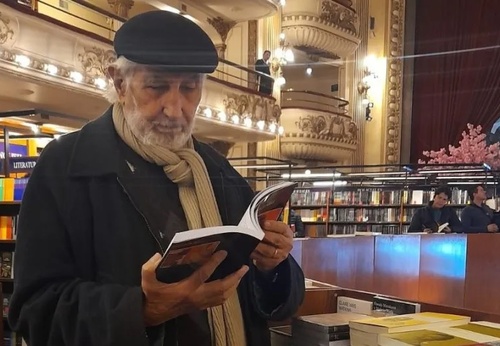
- July 12, 2025
Art as a tool for “a healthy and creative old age”

- July 12, 2025
The Sleep of the Unjust
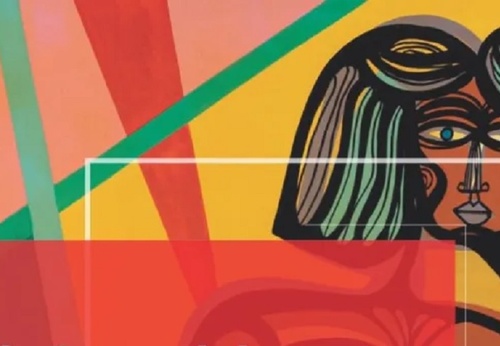
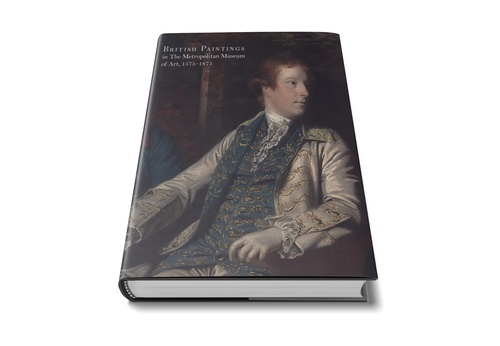
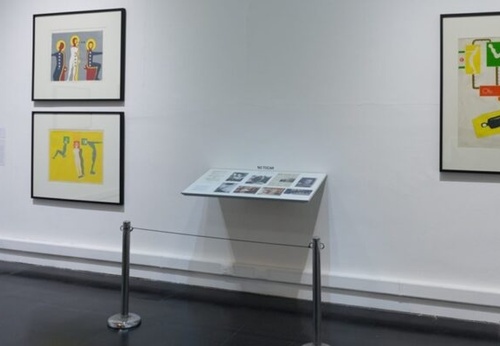
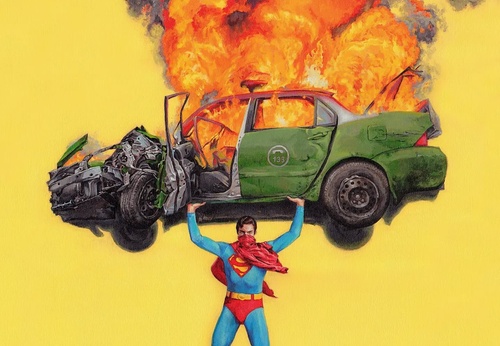
- July 12, 2025
Gallery Of Painting By Sergio Guillermo Diaz - Argentina
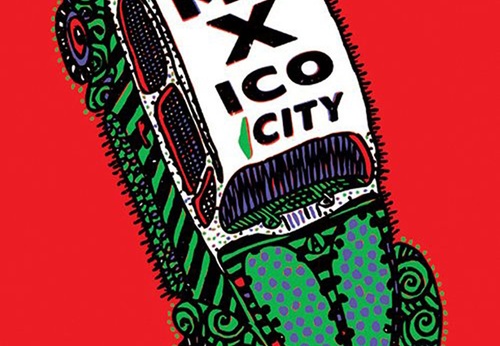
- July 12, 2025
Mexico City

- July 10, 2025
The Evolution of Graphic Design from Ty…

- July 10, 2025
How Digital Artists Collaborate with Ar…

- July 09, 2025
The Value of Art in Education

- July 09, 2025
Art as a Reflection of Society

- July 08, 2025
The history of Bolivian art

- July 08, 2025
Protecting Art in the Age of Artificial…

- July 04, 2025
Graphic Design and Creating Iconic Bran…

- July 04, 2025
Photography as a Tool for Telling Histo…

- July 03, 2025
Painting and abstract art: differences …

- July 02, 2025
The Best Software for Digital Art and G…

- July 01, 2025
How Digital Artists Collaborate with Ar…

- July 01, 2025
Reflections of Digital Art in Different…

- June 30, 2025
Crítica de Obras Artísticas Criadas por…

- June 30, 2025
What are Plastic Arts?

- June 30, 2025
Images Against Silence: Artists Who Cha…

- June 29, 2025
History of Art Photography in the 20th …

- June 28, 2025
The 11 types of art and their meanings

- June 28, 2025
Contemporary Art is postmodern art

- June 26, 2025
Graphic Design, Art, and Technology: Wh…

- June 25, 2025
Graphic Design and Modern Content Creat…

- August 29, 2023
The history of Bolivian art

- February 19, 2024
Analysis and meaning of Van Gogh's Star…

- January 28, 2024
Culture and Art in Argentina

- September 25, 2023
What is the importance of art in human …

- September 23, 2023
What is paint?

- August 10, 2023
14 questions and answers about the art …

- August 30, 2023
First artistic manifestations

- August 23, 2023
The 11 types of art and their meanings

- January 12, 2024
10 most beautiful statues and sculpture…

- September 23, 2023
Painting characteristics

- September 23, 2023
History of painting

- March 26, 2024
The importance of technology in art1

- August 16, 2023
The 15 greatest painters in art history

- April 06, 2024
History of visual arts in Ecuador

- January 31, 2024
Examples of Street Art – Urban Art

- April 07, 2024
Graffiti in Latin American culture

- March 26, 2024
Cultural identity and its impact on art…

- January 20, 2024
What is the relationship between art an…

- October 21, 2023
Contemporary art after the Second World…

- August 25, 2024
A Comprehensive Analysis of the Cartoon…

- February 19, 2024
Analysis and meaning of Van Gogh's Star…

- August 13, 2023
9 Latino painters and their great contr…

- August 10, 2023
14 questions and answers about the art …

- August 29, 2023
The history of Bolivian art

- January 28, 2024
Culture and Art in Argentina

- August 23, 2023
The 11 types of art and their meanings

- November 06, 2023
5 Latin American artists and their works

- August 27, 2023
15 main works of Van Gogh

- September 23, 2023
Painting characteristics

- September 23, 2023
What is paint?

- September 25, 2023
What is the importance of art in human …

- December 18, 2023
10 iconic works by Oscar Niemeyer, geni…

- August 30, 2023
First artistic manifestations

- January 20, 2024
What is the relationship between art an…

- March 26, 2024
Cultural identity and its impact on art…

- January 12, 2024
10 most beautiful statues and sculpture…

- October 30, 2023
Characteristics of Contemporary Art

- August 22, 2023
What are Plastic Arts?

- April 16, 2024
The most important painters of Latin Am…

- August 24, 2023


